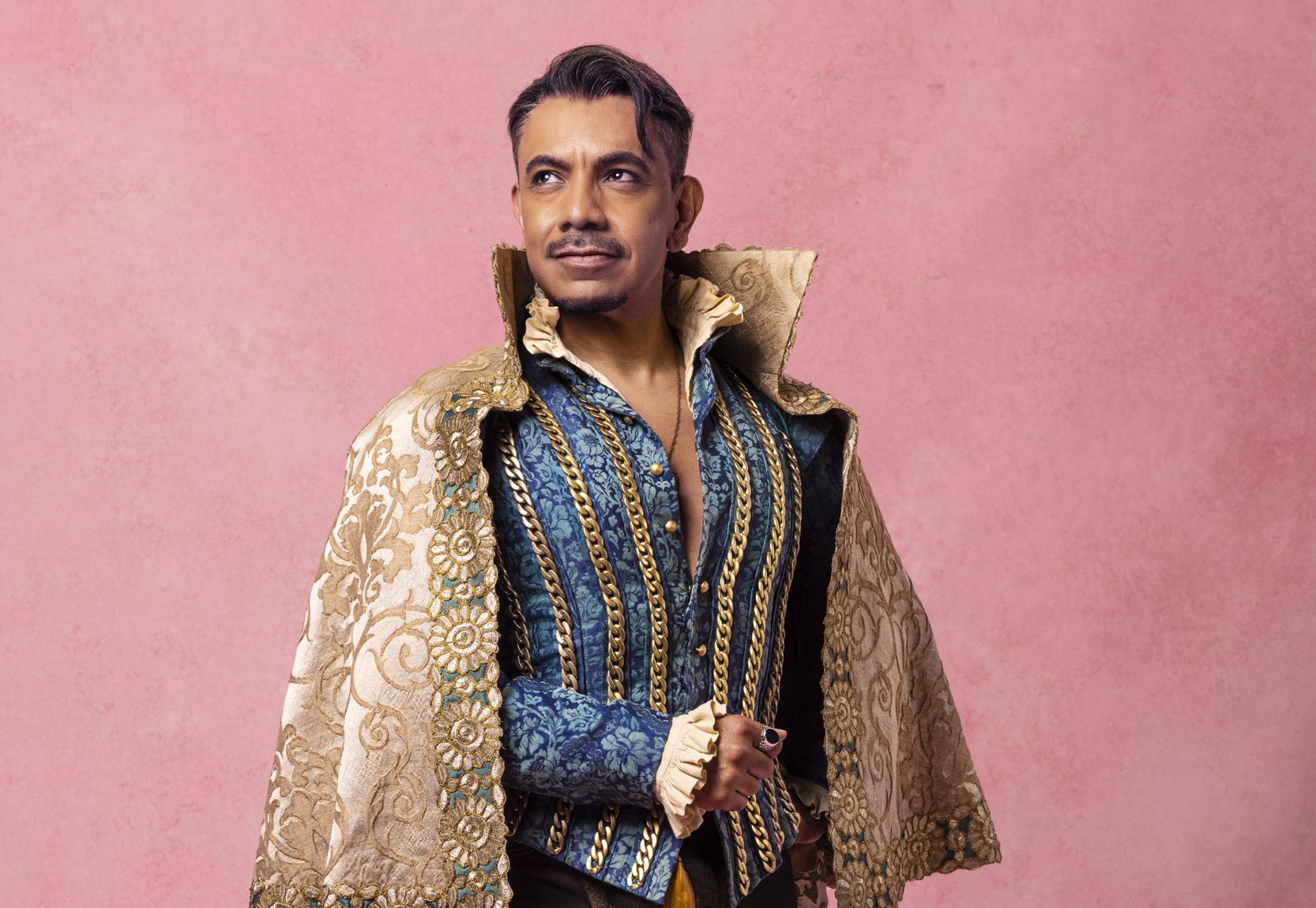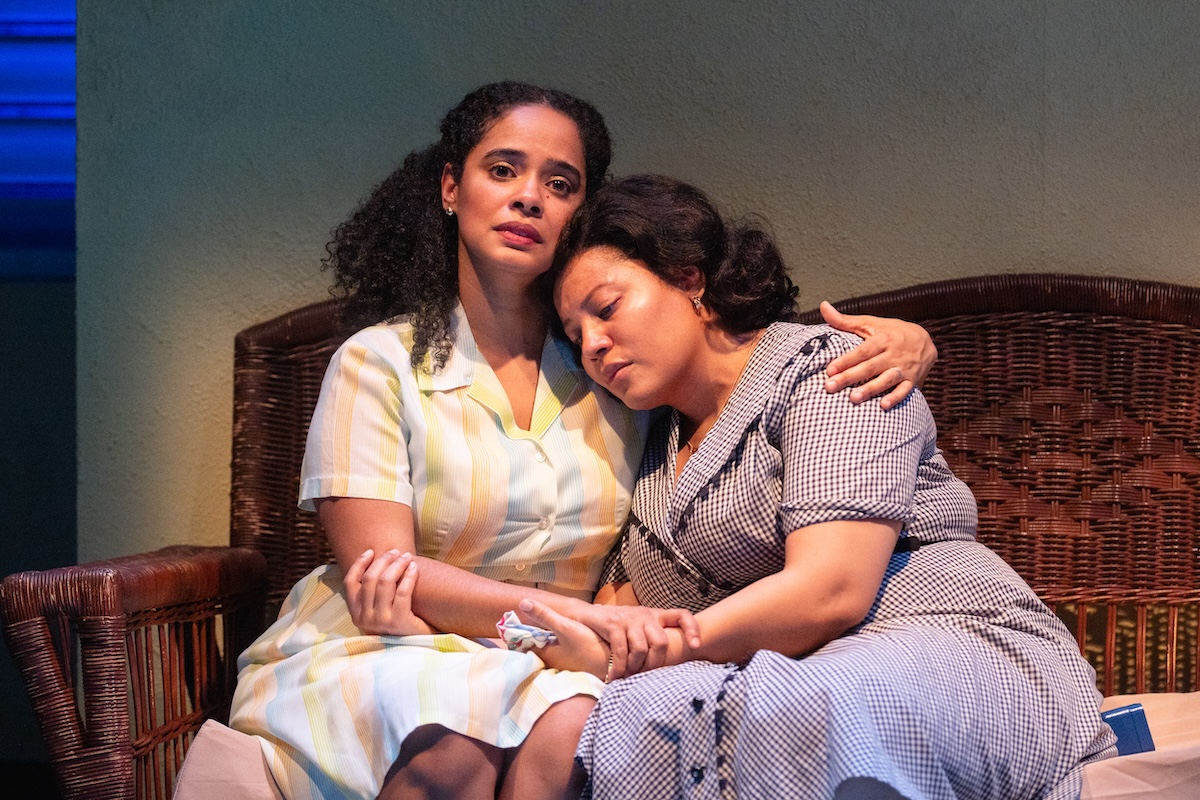The Really Big Once

(© Sue Kessler)
The inspiration for David Herskovits’ production of
The Really Big Once, now being presented by Target Margin Theater Company and performing at The Ontological Theater at St. Marks Church, is the collaboration between playwright Tennessee Williams and director Elia Kazan on Camino Real, which flopped on Broadway in 1953.
So it’s not surprising that this 80-minute experimental piece often defies theatrical convention and forbids easy comprehension, exactly one of the arguments made against Camino Real when it premiered. And although there are some inspired moments — ones that will be especially admired by the theater community — The Really Big Once works too hard to wear its nonconformity like a badge of honor. As a result, the work sadly alienates as often as it engages.
On an incongruous set — with a maypole just off-center and a mock stage off to one side — actors McKenna Kerrigan, John Kurzynowski, Marie-Christina Oliveras, Hubert Point-Du Jour, and Steven Rattazzi read from letters and journals as Williams, Kazan, and a variety of other not always specified persons related to creating Camino Real. (A bit preciously, as well, the actors also quote persons related to creating this piece.)
Meanwhile, the performers are asked to assume a variety of seemingly random duties; one minute, each is reading from texts about the Williams-Kazan production, the next minute, two of the actors have momentarily assumed the roles of the theatrical legends. The piece is so determined to thwart easy understanding and to buck traditional narrative structure that it will not even consistently permit two actors the respective roles of Kazan and Williams.
The piece riffs on the process of theatrical creation, culminating with the opening night of Camino Real; however, the material isn’t organized according to linear narrative logic nor is it assembled to build on a theme. Indeed, most of the show’s segments could be interchanged without the audience knowing the difference.
While there is a strongly felt purposefulness behind each action in the play, one wishes the creators had provided enough points of access into the material to consistently intrigue the audience.










